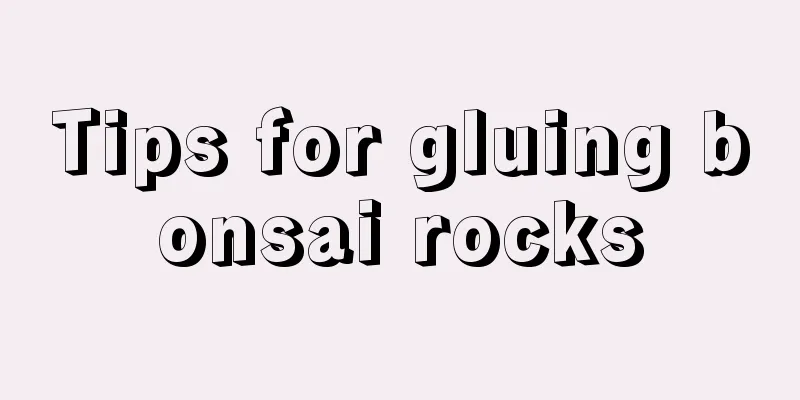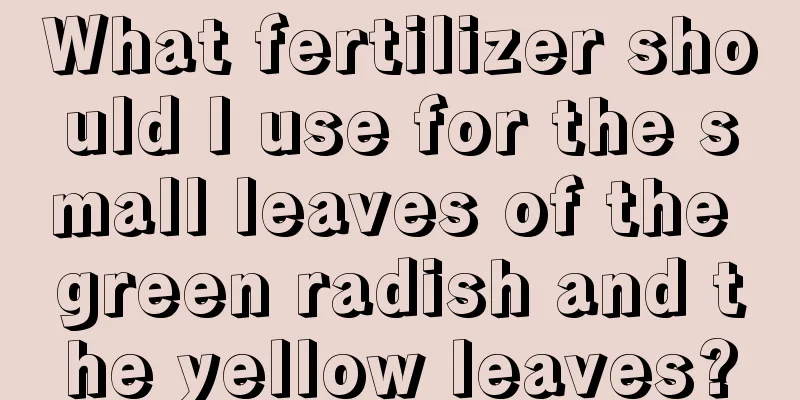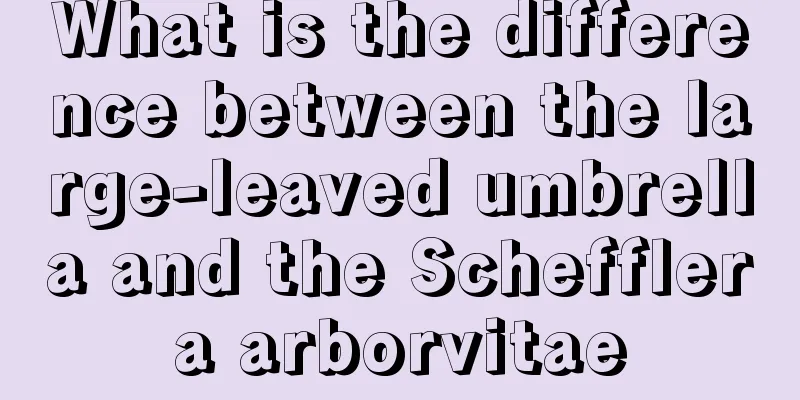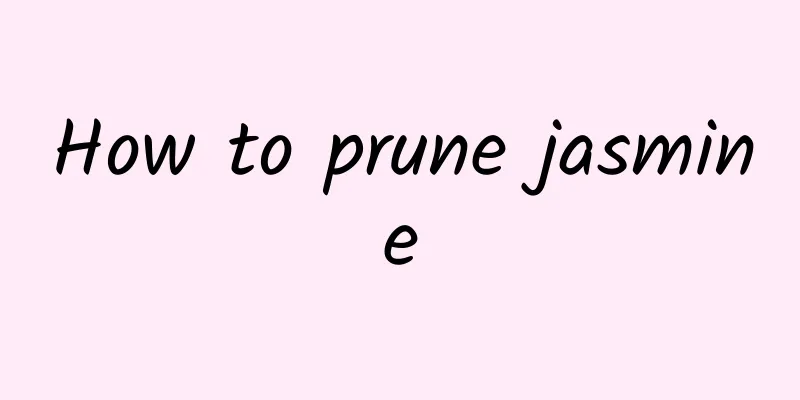Tips for gluing bonsai rocks

Tips for bonding bonsai rocksGenerally speaking, the bonding of rocks can be divided into two categories. One is to bond several smaller stones with poor shapes up and down or a small amount left and right to form the main bees and supporting bees in the landscape bonsai. This category is mostly used in landscape bonsai with foreground landscape. The other is to bond multiple stones with a certain landscape together on the same horizontal plane to form a group of distant mountain landscapes. This category is mostly related to the layout of rocks and the expression of distant views. The adhesives used to bond rocks include cement (gray and white), epoxy resin, and 307-1 unsaturated polyester resin. Considering its low price and ease of use, cement is often used in bonsai production, and the higher the grade of the cement, the better. If someone uses industrial waste coal slag to make miniature bonsai, they can use gray cement as adhesive. In order to make the joints close to natural, the adhesive should be mixed with pigments of the same color as the stone, such as red iron oxide, yellow iron oxide, chromium oxide, vanadium oxide, ink, etc. Do not use colloid dyes such as advertising dyes. Before gluing the rocks together, you must first match and arrange the stones according to the landscape you want to create, brush the joints clean, wet them with water, and then use the prepared adhesive to glue them together. Generally speaking, the more hidden the glued seams are, the better. In order to get closer to nature, stone chips of the stone can be spread on the joints before the adhesive mud dries. After gluing, use other supports to assist. The adhesive will solidify and harden within 24 hours, and the cement can be moved after half a day in summer and 1-2 days in winter. 3-4 hours after cement bonding, you can use a knife saw blade to gently scrape off the excess cement or cement that contaminates the stone body, and pull out the same texture as the stone at the joints. Dear flower lovers, please hurry up and make a landscape bonsai of your choice to add more color to your life. |
<<: How to make succulent bonsai
>>: Key points for making and maintaining the bonsai of Chinese crabapple
Recommend
Can Clematis freeze to death in winter?
1. Will the plants freeze to death in winter? If ...
How to prune pine bonsai
Trimming method: There are two ways to prune pine...
How to trim a gold diamond
Pruning methods In fact, there are not many pruni...
The main value of white clover
Watch The main root of white clover is short, wit...
How to shape and trim forget-me-nots
Forget-me-not flower branch fixed When growing fo...
How to propagate calla lilies and what to pay attention to
How to propagate calla lilies The main ways of pr...
Advantages and Disadvantages of Zebra Patience Rose
Zebra Patience Rose is a cut rose variety origina...
Is gardenia suitable for a large or small pot?
Should I use a large or small pot for gardenia? W...
Cultivation methods of water lilies and the influence of the environment
Pond Planting For pond-planted water lilies, the ...
How to fertilize net grass
1. Homemade Reticulated Grass Soil There are gene...
What is the best month to plant barley?
When is barley planted? Barley is generally plant...
Can Christmas cactus be propagated by cuttings in summer?
1. Can cuttings be taken in summer? It can be pro...
How long is the growth cycle of red dates?
Growth cycle of red dates The growth cycle of red...
Diseases and control measures of Gardenia jasminoides
Gardenia jasminoides yellowing symptom The leaves...
How to prune peach blossoms
Cup-shaped crown This pruning method should be us...









